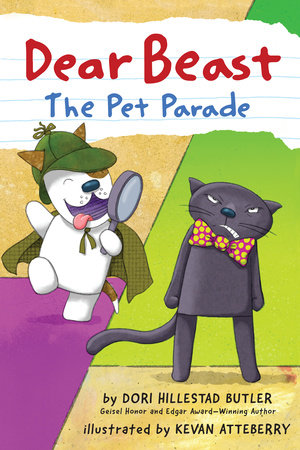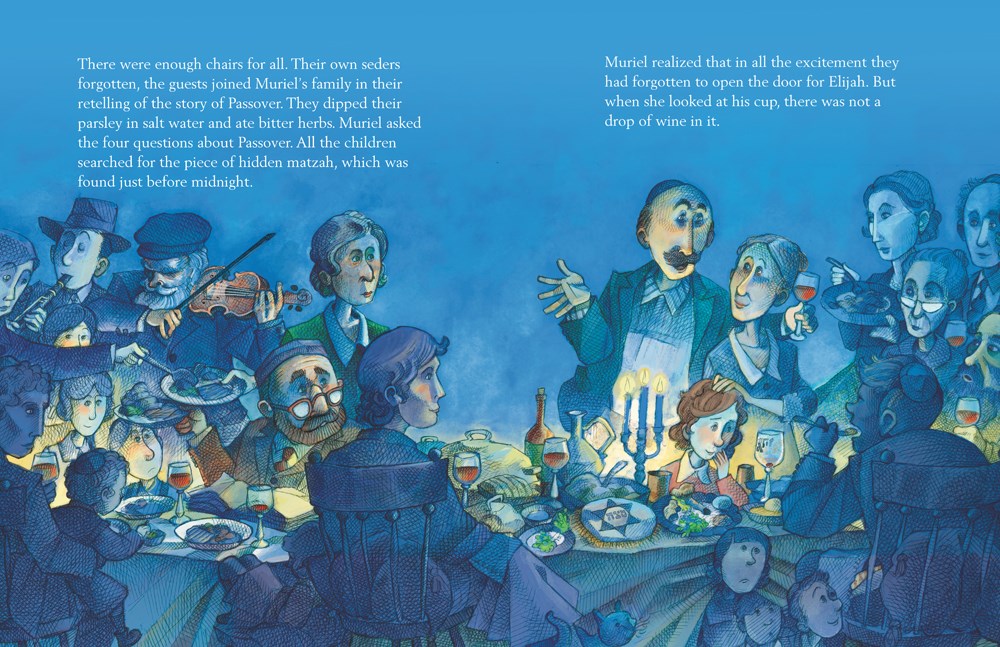Published by Holiday House

Summary: Amira is excited when she sees the crescent moon in the sky; Ramadan has ended and Eid is the next day. There will be a big celebration, and she’ll get to skip school. But then she remembers that tomorrow is also picture day, and she’ll miss being in the photo with the rest of her class. Her mother assures her that she’ll take plenty of pictures of Amira at the big celebration, but it’s not quite the same. The next day, though, Amira dons her shalwar kameez, leaving the pink dress she was going to wear for picture day hanging in the closet. As predicted, Amira and her family have a wonderful celebration, but on the way home, Amira is feeling sad about having missed picture day. An abundance of leftover goody bags gives her an idea, and she is able to make it to school in time for the picture and to share some of Eid with her classmates. Includes an author’s note with additional information about Eid and a glossary. 40 pages; grades K-3.
Pros: The colorful illustrations and realistic story make a great introduction to Eid for those who don’t celebrate it, and a story that will be relatable for those who do.
Cons: The author’s note states that Muslims “do not know the exact date for Eid until they spot the new moon’s crescent”. This confused me, because I was able to Google the date (the evening of May 12 until the evening of May 13) for 2021.










